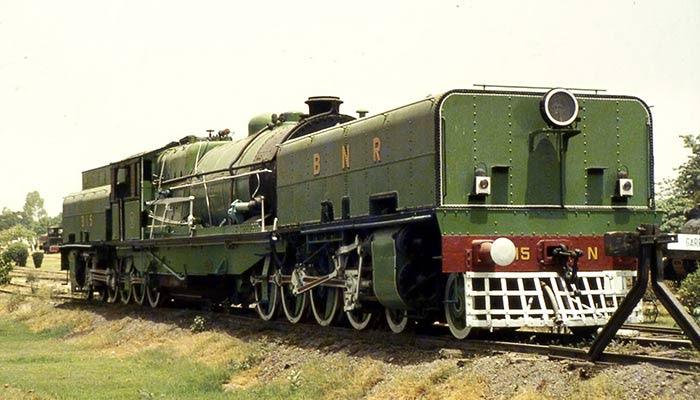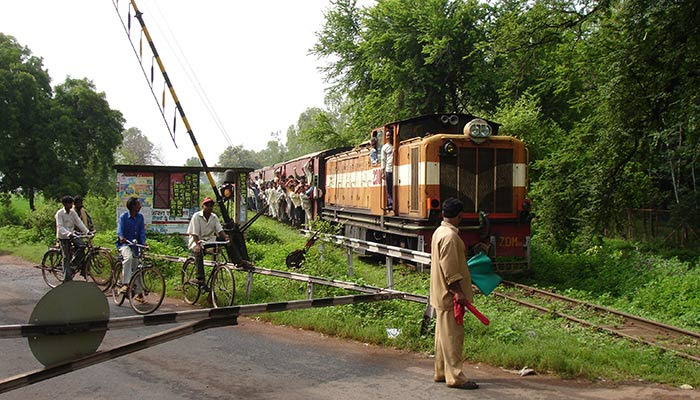KAROSHI – STRESS AT WORK PLACE
Published in Free Press Journal: Mumbai
He was an extraordinary Japanese entrepreneur; educated at the
Lakeland College and the International University of Japan, who possessed a Midas
touch and magically amassed trillions of Yen. As a strapping youngster he was
fearless but soon his mind gave way to the lucre of money; indulging in
forbidden activities, he perilously ignored the tenets of Shinto and soon succumbed
to Karoshi.
Karoshi is a
Japanese word which signifies sudden death by cardiac arrest or stroke,
triggered by overwork. This is a piquant situation arising when a person is
worn out to a mere shadow of himself. In the Land of the Rising Sun ,which is
dominated by frenetic work schedules spanning almost sixteen hours a day, it can lead to bizarre situations where tens of thousands of employees commit suicides on
account of this modern day ailment confronting Japan called Karoshi.
‘The present moment is inevitable,’ is a
Sutra which is articulated by several enlightened masters. And only by living
in the present moment an individual can annihilate the cobwebs of fear and
stress which mushroom in the mind, banish fear and become truly joyous and radiant.
Life is a long journey and everyone is a
traveller. It is prudent to live and traverse purposefully and mindfully rather
than think about the past or the future and lose track in the byzantine
labyrinths and consequently mislaying precious peace of mind. The Japanese
entrepreneur became deceitful and snuffed out his life.
Stress is a dynamic condition in which an individual is confronted
with an opportunity, constraint, or demand related to what he or she desires
and for which the outcome is perceived to be uncertain or unimportant. It is
this element of uncertainty that leads to gathering of stress in the minds of
employees at workplace.
Contrast Karoshi with a
Hindustani word called Khamoshi. Khamoshi simply put implies silence. ‘Silence
is essential. We need silence, just as much as plants need light. If our minds
are crowded with words and thoughts, there is no space for us’, writes Thich
Nhat Hanh.
“Noble silence” envelops our minds through the practice of mindfulness
and soon human body and mind stop chattering. The rectitude of silence needs to
be juxtaposed against accumulated stressful conditions prevalent in our lives
and organisations to appreciate the virtues of a quiet and composed mind.
Stress invariably over a period of time has acquired a negative
connotation. However there are high end achievers who rekindle their passion to
excel in high pressure conditions. Sportsmen, defence personnel, scientists,
politicians or artistes rise to the occasion and deliver high octane stuff in
what is referred to as ‘clutch situations’. Tension or stress in these
individuals increases tautness or stretch in the mind which make them deliver
at the world stage.
Even if they are girdled with negative emotions, their minds are
robust and resolute enough not to capitulate and instead blossom like a lotus
in a lake which is otherwise overflowing and live in the present moment to
accomplish their holy grail.
These progressive minded individuals maintain a positive disposition
and oust negative thoughts by remaining jaunty and cheery. Their Mantra in life
is to visualise the glass as half-full rather than half- empty. Thereby they
become positively inclined achievers.
Those not blessed with such an attitude flounder to clamber the summit
and accumulate stress due to constraints and demands they face. Constraints act
as a hindrance and an encumbrance from achieving the targeted goal while demand
(high expectations) typifies a misplacement of a venture which humans crave
for, which results in gathering of stress.
This occurs when high expectations do not match the desired results.
In an organisational set up an excellent performance review normally triggers a
jump in emoluments or even a promotion, while a below par presentation review
may be interpreted as a lackadaisical performance which can even tantamount to being
fired from the placement. This can be an
extremely hazardous and demanding situation for the employee.
Environmental factors such as economic and political uncertainties and
technological changes may result in an exacting situation for the employees of an
organisation.
An organisation is akin to an
organism which has its own limitations and can lead to intriguing situations.
These include various tasks, roles and interpersonal demands. The corporate
body could be hampered by structural and leadership muddles which generate
worrisome conditions.
An employee can also suffer from family, economic or personality
misadventures which may disorient his performance and thus result in a tardy end
result. Many a times privation of adequate social support system or hostility and
perceived malevolence of co- workers affect the performance of employees and thereby
lead to stressful situations.
The tragic consequences of such situations are dangerous as it more often
than not lead to physiological disorders like migraines, insomnia, spondylosis,
diabetes, obesity, infertility, hypertension/hypotension which can result in
cardiac problems or strokes.
Dreaded psychological symptoms can also arise in form of anxiety,
depression, and diminishing interest at the job in hand which lead to
brobdingnagian vexation. The employees become careworn and haggard. They are a
demotivated set of personnel whose productivity is singularly low and the
organisation is plagued by a high percentage of absenteeism and turnover.
Employees can also get addicted to alcohol, drug abuse or excessive smoking.
Organisations need to follow a two-pronged strategy to winch the problem.
Actuate the employees by offering suitable apertures and resort to mid-course
corrections by stimulating the mind through proper time management,
prioritising activities, rescheduling work and offering packages of mental
diversion.
Alternatively set up gyms and swimming pools on the premises which
exhort employees to take to physical exercise to soothe frayed nerves and also
undertake wellness programmes such as the Happiness Programme of the Art of
Living, Vipassana breathing technique or proper counselling and hypnosis by
trained psychologists.
‘Know your enemy, know yourself and you can fight a hundred battles
without disaster,’ wrote Sun Tzu. Truly
then Khamoshi will prevail over Karoshi.










